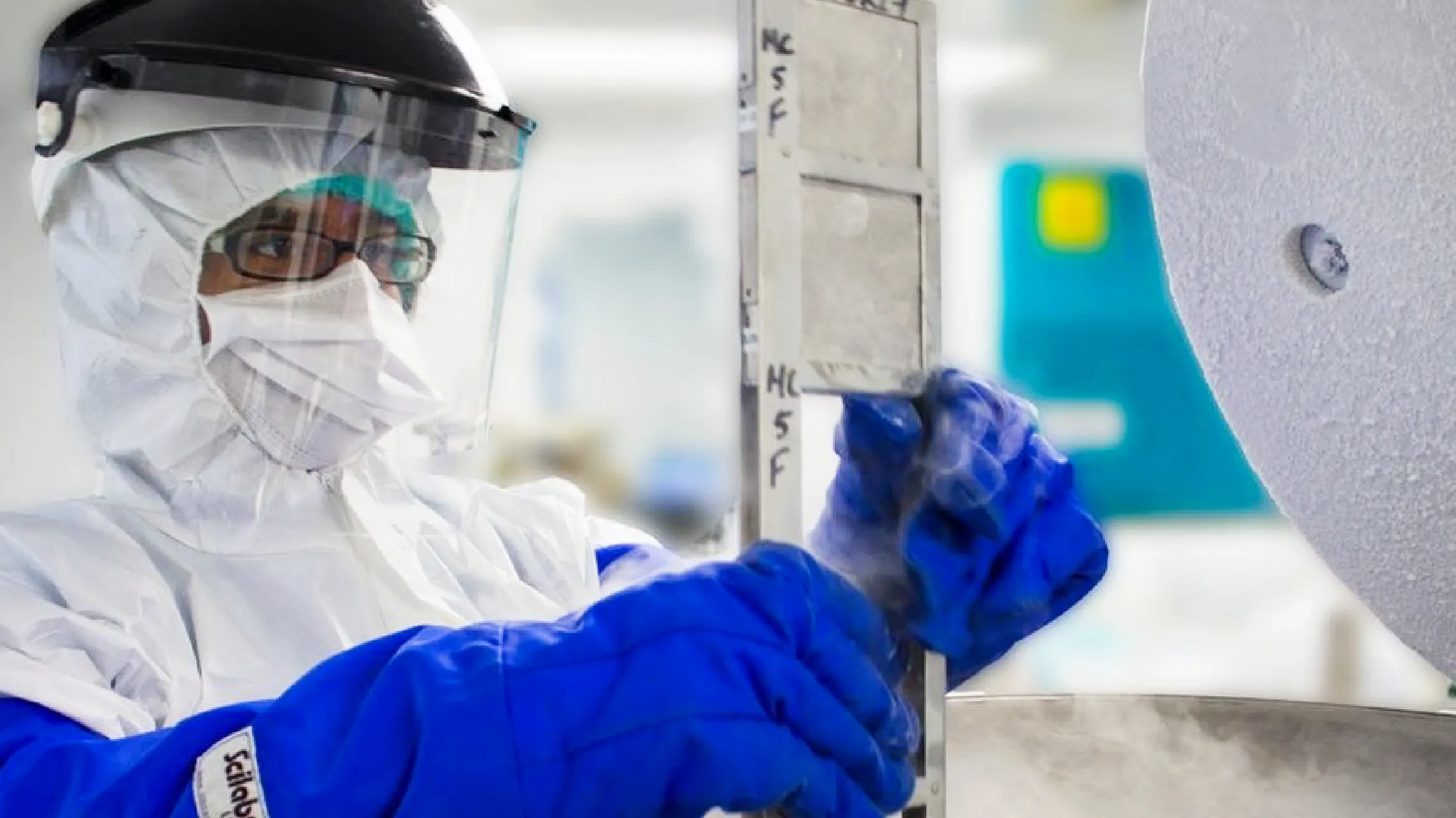
Are you expecting a new arrival soon and feeling overwhelmed by the idea of a birth packing list for your hospital bag? Don’t worry – we’ve got you covered! Preparing for the arrival of your baby is an exciting yet challenging task. In this comprehensive guide, we’ll walk you through everything you need to pack in your birth bag to ensure a smooth and stress-free delivery experience.This guide will walk you through what to include in your birth packing list to ensure you’re well-prepared for your baby’s arrival. Additionally, we’ll explore the significance of stem cell banking, including cord blood banking and smart cells, and why it’s a crucial consideration for new parents, we’ll cover it all. Let’s dive in!
Before we get into the nitty-gritty details of what to pack in your birth bag, let’s first discuss what exactly a birth packing list is. A birth packing list is a checklist of essential items that expectant mothers should pack in their hospital bag to prepare for labor and delivery. Having a well-prepared birth bag can help you feel more comfortable and organized during this exciting and sometimes chaotic time.
Packing the bag in advance means you are fully prepared for any sudden situation, especially if the birth occurs earlier than expected. You should start packing your hospital bag when your pregnancy falls between the 28th and 34th week. You will have enough time to fix everything by then.
A well-thought-out birth packing list can make your hospital stay and transition to parenthood smoother and more manageable. Here’s a breakdown of what to include in your birth packing list:
By thoroughly preparing this birth packing list, you’ll ensure you have everything you need for a smooth and comfortable hospital stay.
Another significant consideration for parents is that storing the newborn’s stem cells can provide long-term benefits and advanced treatments for your child. This option is essential when preparing your hospital bag checklist.
There are two main types of stem cells: embryonic stem cells and adult stem cells. However, when planning for birth, the focus is primarily on storing the stem cells from the umbilical cord, which are collected after delivery.
Storing umbilical cord blood stem cells can open up wonderful therapeutic opportunities for your child, especially if they are diagnosed with genetic disorders or health conditions that require treatment.
Therefore, it is beneficial to think about cord blood banking options and integrate it into your plans when preparing your hospital bag checklist.
By incorporating these steps into your birth preparation and birth packing list, you can effectively integrate stem cell banking into your overall plan, providing peace of mind and a valuable resource for your family’s future.
Stem cells are a specific kind of cell that possesses some remarkable capabilities: the ability to divide and differentiate into cell types with specialized functions, crucial in medical treatments and development. They could be taken from most parts of the body, including-but not limited to-bone marrow and umbilical cord blood, the latter being important due to its value in therapy. Because it is usually disposed of in each birth, its value as a source of stem cells has opened our eyes now to consider the umbilical cord as a medical treasure. The efficacy of stem cells from this source can be effective against critical diseases like leukemia, genetic blood disorders, and immune disorders. The article highlights that stem cell storage should be a part of birth preparations, and expectant parents should be encouraged to search for an accredited cord blood bank offering secured collection and storage options. This way, the families can unlock tremendous future health opportunities for their children and their relatives.
Smart Cells, the first private stem cell storage company in the UK, has been at the forefront of preserving umbilical cord stem cells for over twenty years. As part of the FamiCord Group, Europe’s largest stem cell bank, Smart Cells in UAE leverages expertise from more than 20 countries and has successfully released more samples for the treatment of life-threatening illnesses than any other private company in the UAE. With over 700,000 cord blood collections globally, parents around the world trust Smart Cells for their advanced technology, comprehensive support, and exceptional customer experience.
Smart Cells commitment to transparency is evident in their clear pricing and service plans, as well as their honest data on sample success rates.
Smart Cells ensures families receive thorough assistance throughout the entire process, including maternal blood testing and shipping, making the journey of stem cell storage as seamless as possible.
Visit Us on: Smart Cells Storage Bank in UAE Your Child’s Healthy Future
Creating a detailed birth packing list is essential for a smooth and organized delivery experience. By including both practical items and planning for stem cell banking, you are ensuring that you are prepared for both the immediate and long-term needs of your newborn. Stem cell banking offers significant potential benefits for your child’s future health and is a valuable consideration for all expectant parents.
By following this guide for the birth packing list, you’ll be well-prepared for your baby’s arrival and have taken a proactive step towards safeguarding their health with stem cell banking. Remember to pack your bag well in advance of your due date, so you’re ready to go when the big day arrives.
Congratulations on this exciting new chapter and best wishes for a smooth and joyful birth experience! Happy packing, and best of luck with your delivery!
References:
Related Events

Smart Cells Laboratory Grand Opening
February 8th marks the grand opening of our first laboratory in the Middle East, and our Group's 14th laboratory worldwide. Smart Cells International, a proud member...

Cord Blood Banking FAQ’s
Should I consider using cord blood banking? In recent years, several companies have promoted a service for cord blood banking leftover umbilical after birth. This banked...

Unlocking the Secrets of Cord Blood Banking: Everything You Need to Know
Unlocking the Secrets of Cord Blood Banking: Everything You Need to Know Cord blood banking involves collecting potentially life-saving stem cells from the umbilical cord and...
Find out more
Claim your free guide online or talk to us to find out more
Accreditations